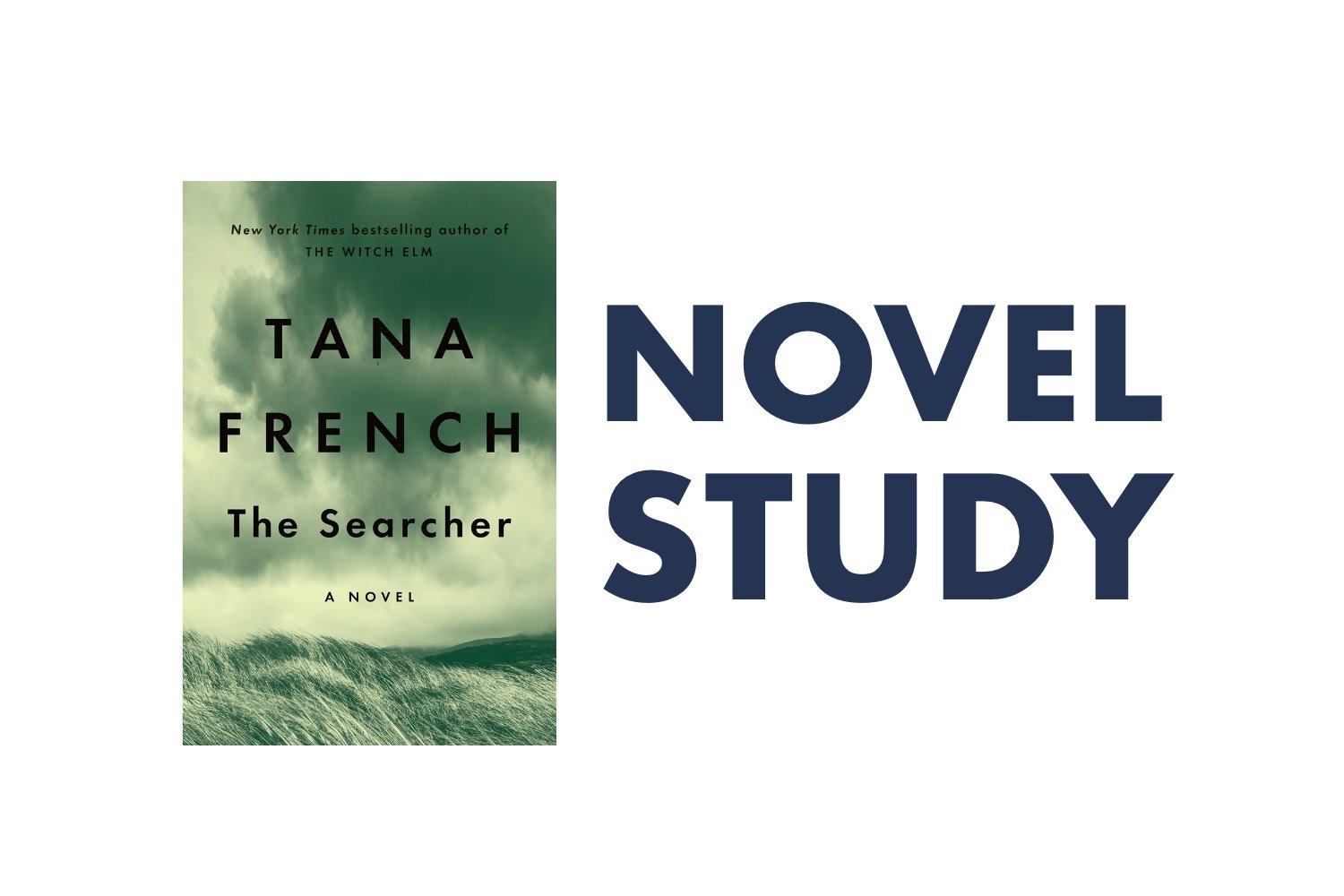What can verbs do for you?
See how Maggie O'Farrell uses inventive writing to lure readers into a story whose ending we think we already know.
How do you lure readers into an epic fantasy world?
See how Rebecca Roanhorse uses suspense to make readers desperate to know more about the fantasy world she builds in Black Sun.
How do you introduce a complex plot?
Learn how Jesse Q. Sutanto hooks readers while launching a complex plot and large cast of characters in Dial A for Aunties.
How do you maximize dramatic irony in the opening of a novel?
See how Laura Dave uses our knowledge of the novel's hook to delay gratification, increase suspense, and turn readers into sleuths.
How do you hook a reader?
How do you engage and disrupt genre tropes to hook your readers?
How do you establish setting in historical fiction?
Learn the techniques Lauren Groff uses to introduce readers to a distant historical setting in Matrix.
How do you open a mystery novel?
See how Tana French uses sentence style, summary, and suspense to pull readers into the first chapter of The Searcher.
Should your novel have a prologue?
What are the benefits and drawbacks to including a prologue in your novel? We’ll examine the prologue to N.K. Jemisin’s The City We Became to find out.
What is your cover and front matter telling your reader?
A close look at the messages readers get from the title, cover, epigraph, and illustration of NK Jemisin’s The City We Became.
How do openings pull us in?
In the opening of The Dutch House, Ann Patchett strategically opens story questions, provides layers of narration, and makes setting details do double duty to draw in readers.










